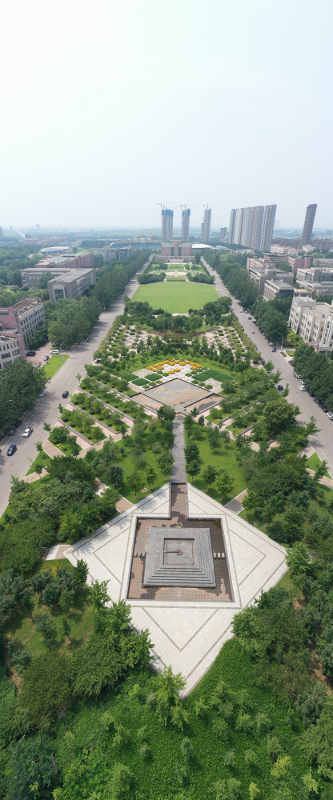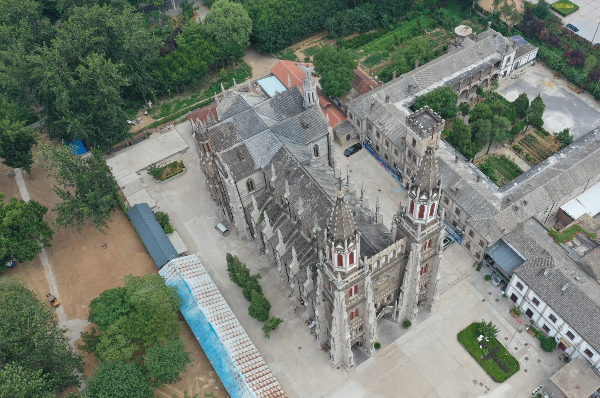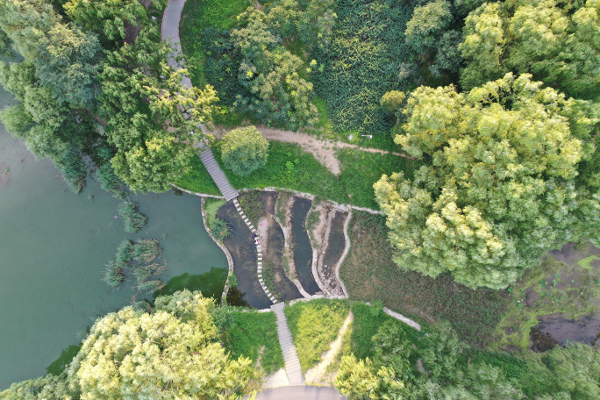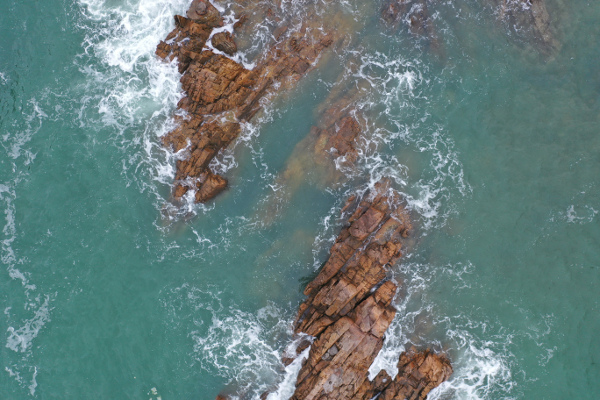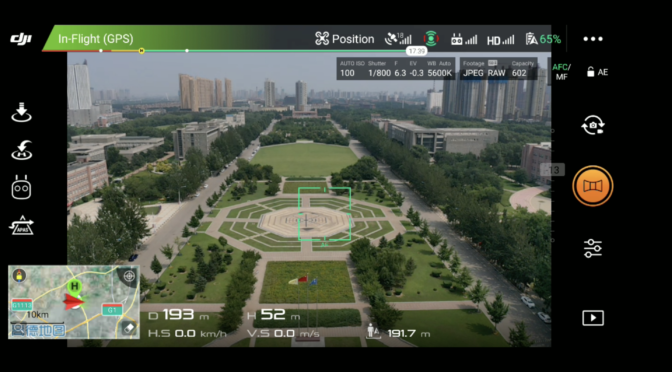I’ve owned a drone for just under a year now and, according to my records, I’ve flown for about 11.5 hours, or about one hour per month I’ve had the thing. You’ll recall I had flown my Uncle’s drone and caused its subsequent demise, but that would only add another two or so hours total. I’m surprised, given the amount of lugging around, packing, charging, transferring, and editing, that I’ve only flown for just over ten hours.
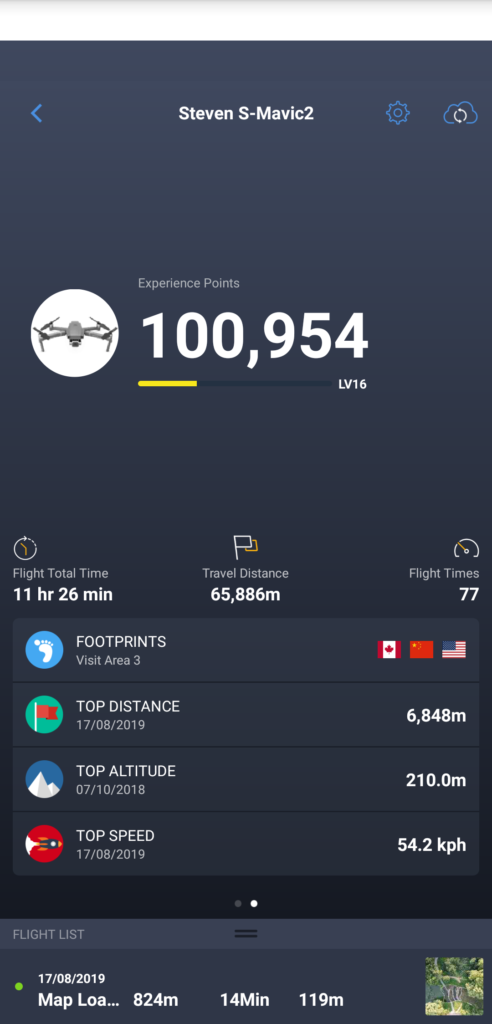
So what have I learned about flying so far?
- Though it’s great to simply press record and go, this leaves you with a lot of footage that you don’t need, a lot of “travel time” for the drone getting from one place to another for the shot. Further, in order to take a picture, you still need to stop the recording, take the shot, and then resume video recording. This can lead to a lot of backtracking in position in order to get the right framing, lighting, angle or composition.
- Editing needs to be quick (3 seconds per clip, typically), and though it may seem like a good idea to speed up longer clips into a few seconds in your editor, the result is usually straining to the eye. Some of this can be alleviated by shooting in 24 or 25 fps, but the strain is minimally taken care of. The best thing to do is to break up those longer clips into shorter bits and then cross-dissolve them into one another one. FCX makes this easy by selecting all of the clips and then pressing Cmd+T and that’ll give you a cross dissolve for each clip selected.
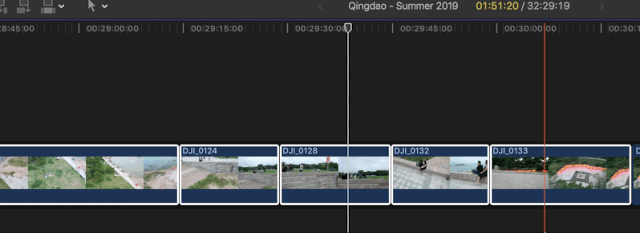
- Aerial shots are very often “epic” by their nature in that the viewer gets a wider shot of what’s going on, and that often means that it can be hard to find music for the videos.
- The Hassleblad camera on the Mavic Pro 2 is one of the best I’ve ever used and makes me doubt any colour correction I do. I still put on a few filters to make the colours pop a little more, but it almost seems unnecessary sometimes.
- Although there are a lot of built-in functions for capturing moving shots, it takes some time and practice to replicate crane shots that involve both rotation and elevation. The shot is easier to replicate on larger objects (such as a train station or a courtyard), but much more difficult when the object is smaller, such as a statue.
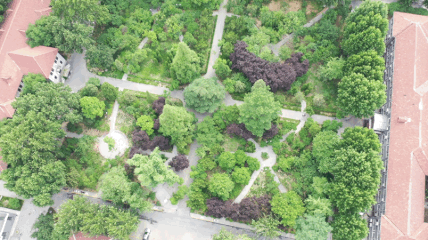
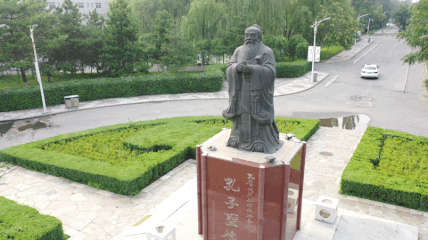
- There are a limited number of shots you can perform. One of my colleagues, upon seeing the photos I’d taken, rightly commented, “Well, we know it can do at least two angles.” He was referring to the straight look-down picture and the 45-degree angled shot. I can’t disagree with his assessment given that many of the photos are made up of one of those shots.
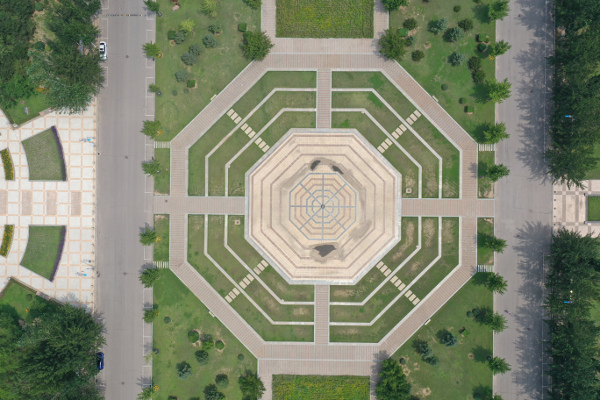
Looking straight down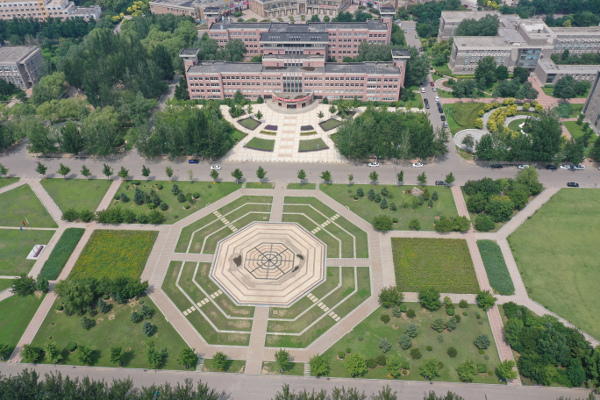
45 degree angle
Though this observation doesn’t take into account that the drone also does a variety of panorama shots, including 180 (both horizontal and vertical) and 360. Though the 360s look neat when they’re “curled up” into a ball in the preview, once “unfurled” they tend to get distorted at the bottom of the picture.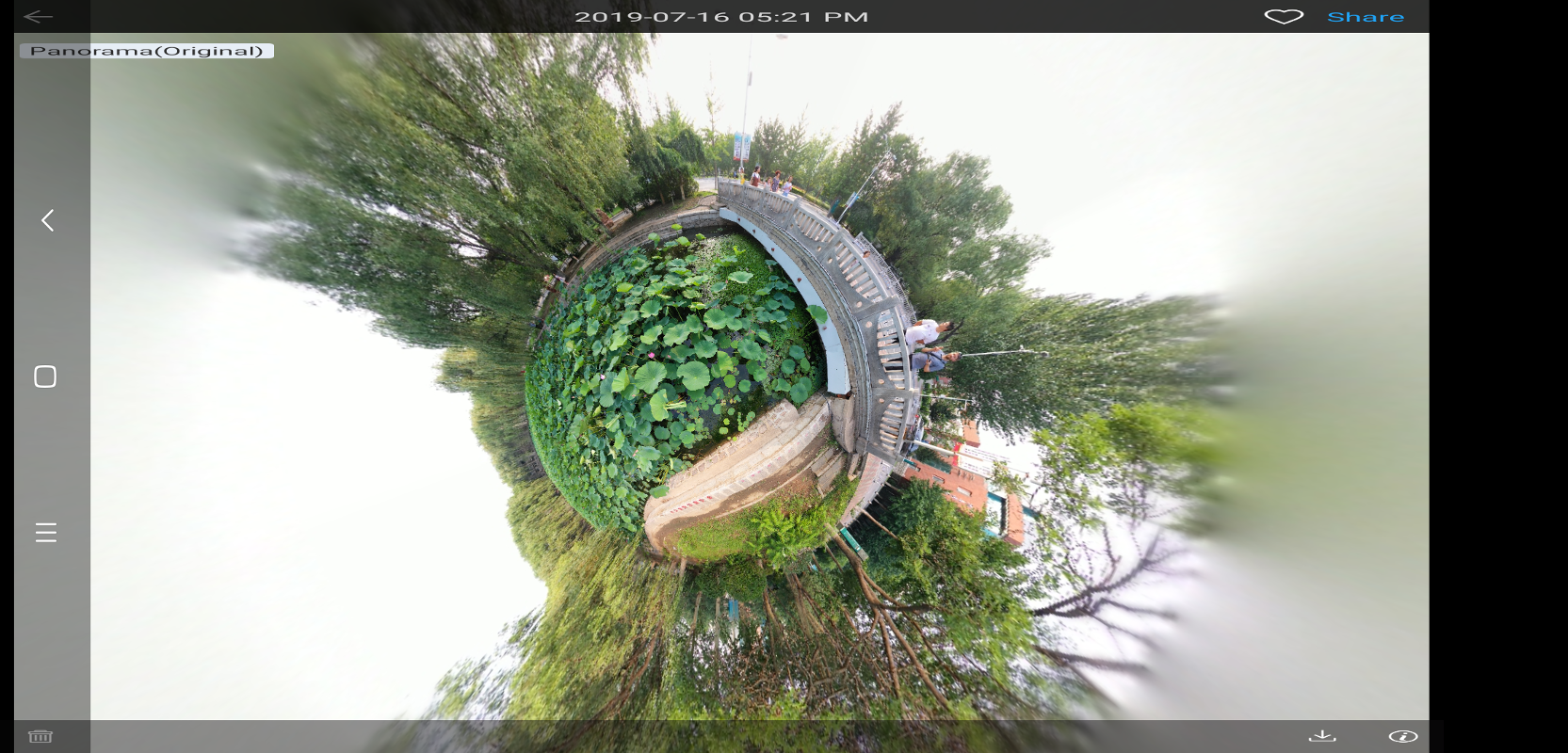
- Selfies can be difficult. Though I’ve managed to take a few photos of me and my colleagues, getting close to anybody is fraught with anxiety not least because the subject isn’t used to this thing, but also because the drone sounds rather vicious the closer it gets, like a swarm of flies. This is off-putting and, needless to say, presents a safety risk to anybody in close proximity.
- Dogs still like to bark and chase the drone. We encountered this quite a bit on the farm where the dogs thought it was fun to jump up and try to snag the thing despite protestations from the human control group. I’ve faced similar events in a Qingdao park where at least one dog, upon hearing the drone, made it his mission to track it down.
- Still kinda useless. Should you get a drone? Probably not. Why? Because unless you don’t mind lugging around an extra ten pounds of gear and constantly worrying about snipping a willow tree branch and thus losing your expensive flying camera, it’s not worth it for the one or two selfies or stable videos you might be able to get out of using the thing.
- It can still be fun-ish. Despite all of the problems I’ve mentioned above, with more experience comes less anxiety and so I’ve been able to enjoy flying a bit more now. This has also led me to take a few more risks, such as flying under a bridge, but I remain staunchly conservative in most cases. Stay away from people; don’t fly over busy streets or walkways; don’t fly over people’s homes (at least 80m above) big cities and airports are of course a no-no (my drone won’t even take off near one); watch out for tree branches; and know that if you fly over a lake or body of water, you’re putting your drone at risk.
- There are still quite a few restrictions on flying drones and sometimes you need special permission to fly, permission that sometimes involves proving that you are a registered pilot. And this has got me thinking about taking an actual piloting course. Not just a drone course, but like, actually flying in an airplane. My slight fear of flying makes me wary of signing up for a course, and the fact that living in China there isn’t a flight school in English (nor would I want to study here anyway). However, given the amount that I’ve travelled around, I do have an interest in airplanes, how they operate and all of the safety measures in place. Further, it is a technology that is quite fascinating to study. Anyway, this doesn’t have to be done right away but it is in the back of my mind.
All that being said and done, I think I’ve managed to capture a few good shots lately. I’ve already posted some to my Instagram feed but, for you reference, I’ve posted some more below. Have a look:
